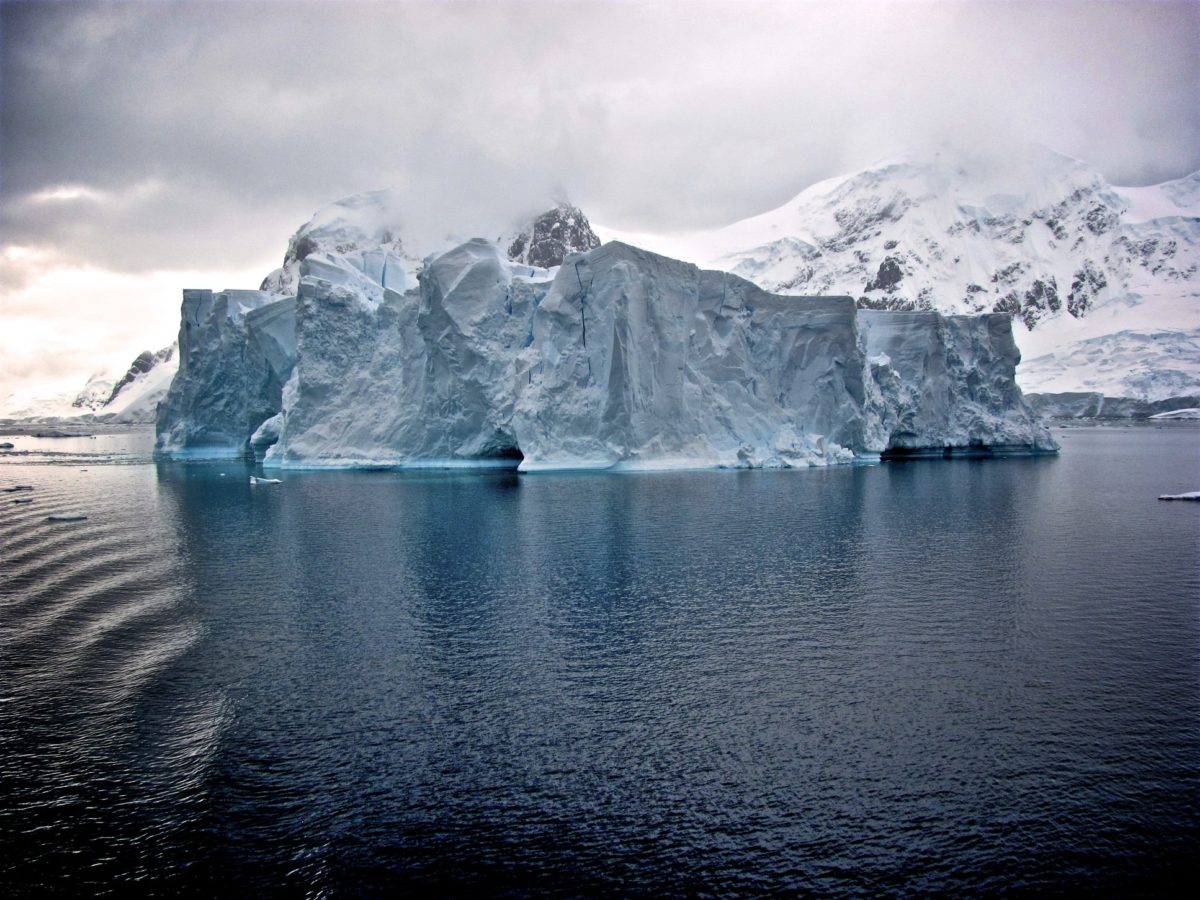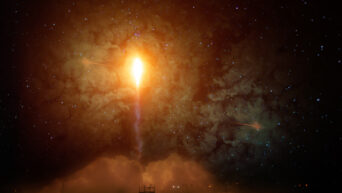
Credit: Unsplash
A big chunk of Antarctica could find itself quite far from home.
When large chunks of the ice shelves in the frozen north of the Earth break off and fall into the ocean, it’s sort of like a scab popping off of a healing wound. Those chunks hold back large quantities of ice and water contained within the glaciers they connect to, so when they break off, all of that extra ice and water flows into the ocean, raising the global sea level. We’ve known about this for a while now as the global climate continues to increase, but according to a new study, if the climate climbs much higher, then we could be in for some serious surf.
“Ice shelves are important buffers preventing glaciers on land from flowing freely into the ocean and contributing to sea level rise,” explained Ella Gilbert, lead author of a new climate study published in Geophysical Research Letters. “When they collapse, it’s like a giant cork being removed from a bottle, allowing unimaginable amounts of water from glaciers to pour into the sea.”
According to the study, if the global climate were to exceed 4 degrees Celsius, more than a third of all of Antarctica’s ice shelves could be at genuine risk of collapsing. That also includes roughly 67% of the full surface area of the Antarctic Peninsula.
Antarctic ice shelves are increasingly at risk of collapse as global temperatures rise, with implications for sea level rise. @Dr_Gilbz@UniRdg_Met writes for @ConversationUK about how the enormous fractures occur and what we can do about ithttps://t.co/Qet2tFBs0c
— Reading Uni News (@UniRdg_News) April 9, 2021
“We know that when melted ice accumulates on the surface of ice shelves, it can make them fracture and collapse spectacularly,” added Gilbert. “Previous research has given us the bigger picture in terms of predicting Antarctic ice shelf decline, but our new study uses the latest modelling techniques to fill in the finer detail and provide more precise projections.”
If those shelves were to break off, coastal cities all over the world would be in danger of being completely consumed by the rising ocean tides. First-world countries may be able to mitigate this be relocating populations, but not all coastal countries have the resources available for such a relocation. Participants in the Paris Climate Agreement are trying to adjust their targets and get the global climate down to at least 2 degrees Celsius.
































